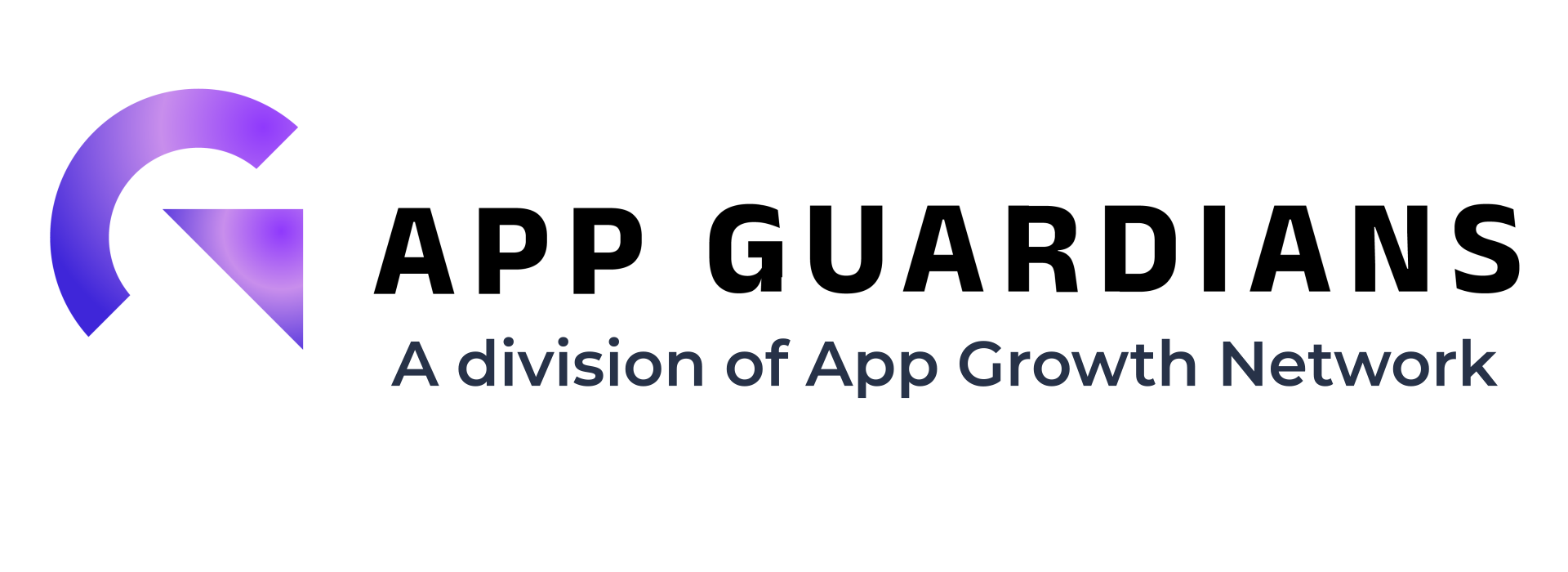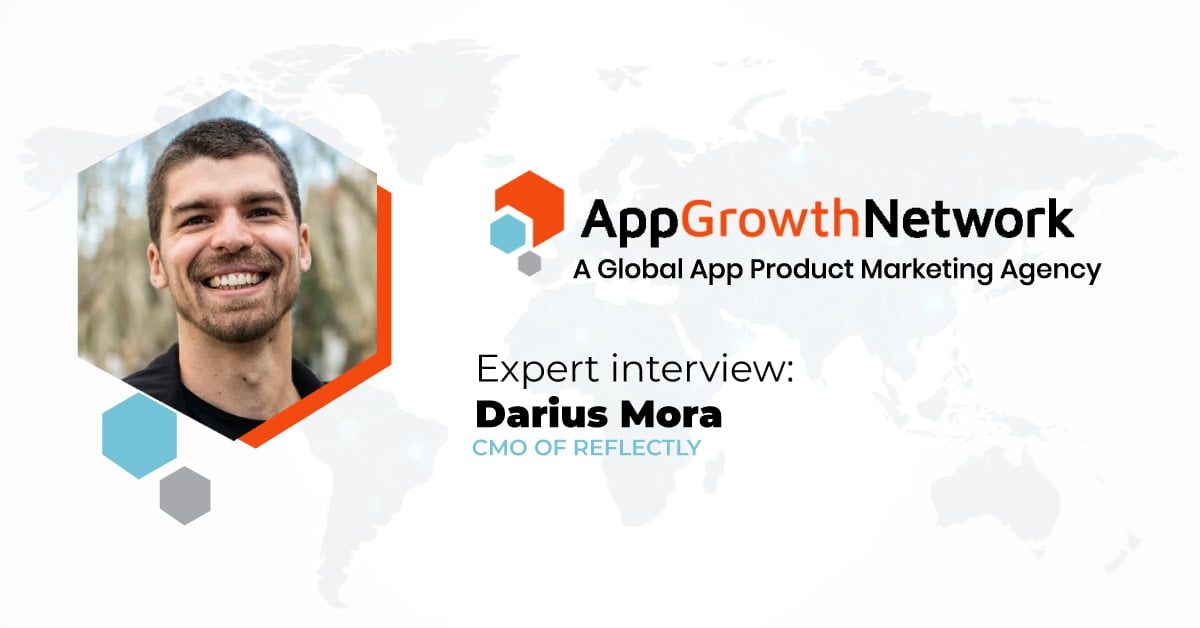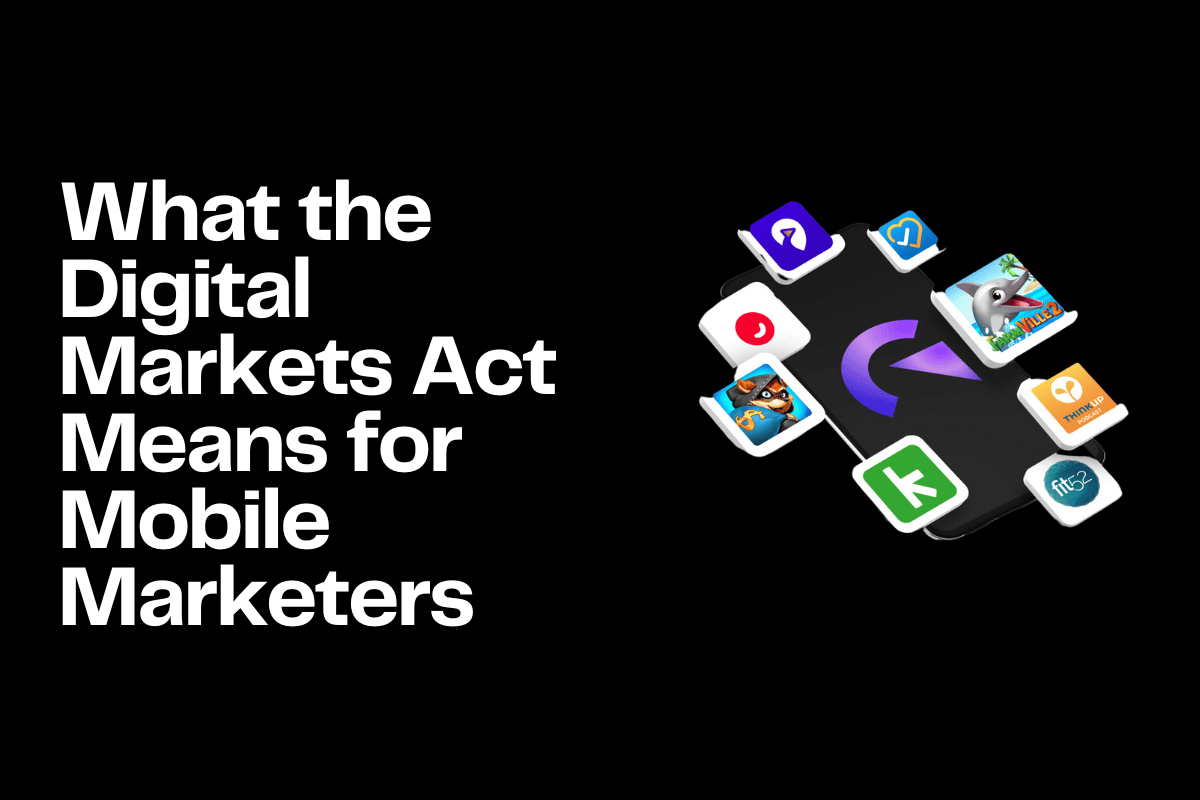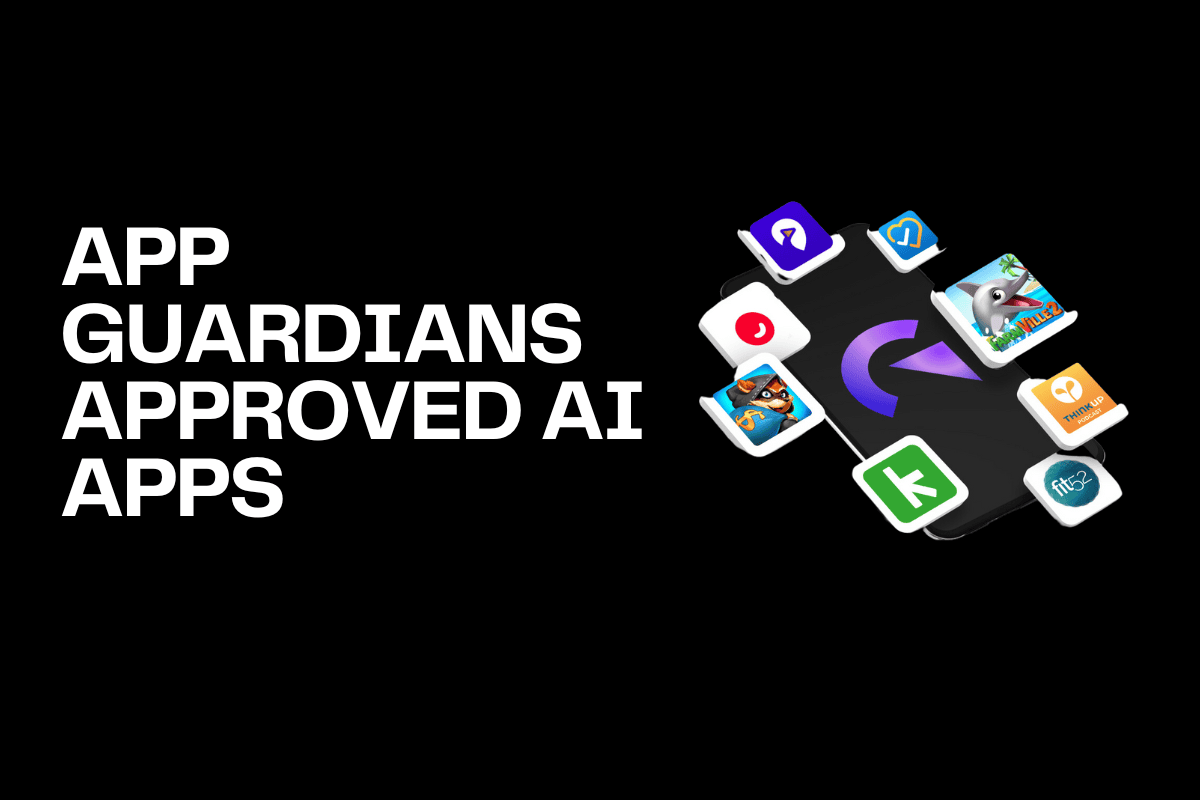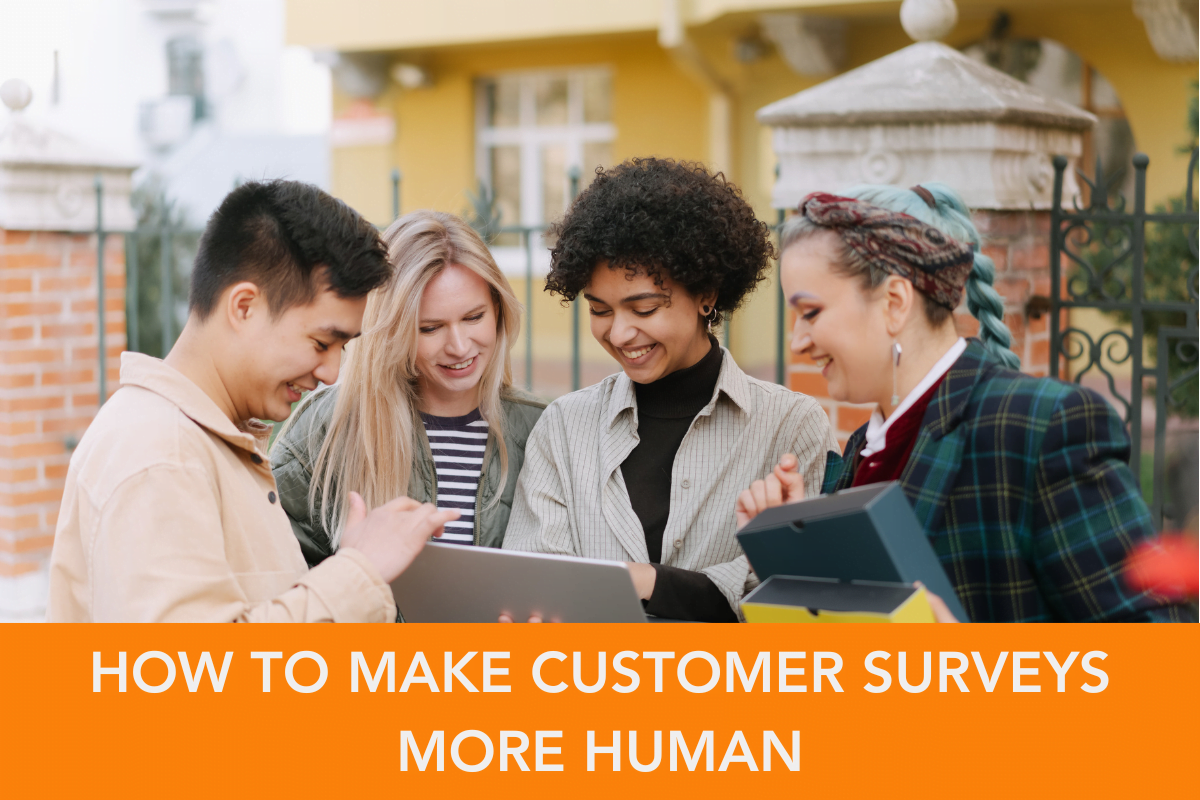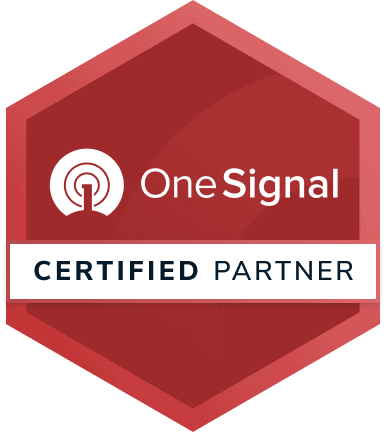App Expert Interview: Darius Mora, CMO of Reflecty App
We are very honored to have had the privilege of interviewing Darius Mora of the extremely successful journaling app, Reflecty. He’s a true app expert that knows what it’s like to have apps that flop and ones that have skyrocketed to success. Read on for some excellent tips and advice from his own learnings.
The Background of Reflectly App
Can you please tell us more about yourself, what you do, and how long have you been in the app business?
I’m the CMO at Reflectly, the world’s largest journaling app. We launched 3 years ago and have hit over 10 million users. Currently, we’re acquiring about 10-30k users a day, and we’ve done that without raising venture capital. We’ve raised money recently and that’s being used for acquisition, and we’ve already acquired other apps in our space.
We’re still a tiny team with less than 10 full-time people working on the project. But we’re competing with much bigger companies 10x our size. TechCrunch just released an article showing that we’re the 3rd most popular mental wellness app in the US after Calm and Headspace that have over 100 employees.
I’ve been doing this for a long time. Before the Reflectly app, I was founder and CEO of other app companies and even went the SIlicon Valley route to raise capital – Reflectly is the rocket that took off.
You mentioned you launched apps in the past – how did it go with the previous companies?
Most of them failed miserably. The one I worked on the longest was called Talking Ninja, a language learning app, a voice-based tool that would work as your own personal tutor. It’s a very tough market with big players. We worked on it for 3 years and eventually stopped because it didn’t work out.
What was your learning from this experience?
Oh, so much. With Talking Ninja, we spent half a year building a product without talking to users – we just thought we had such a great product. Ends up that we released it and nobody cared. One of the biggest mistakes is that we tried to raise capital before we had traction and revenue. Retention is the primary metric that we didn’t have. We thought more money could solve our problems but that was not the case.
Mobile Industry Top Trends
In your opinion what are some of the top trends related to mobile app growth?
The biggest one I’m seeing is TikTok as a distribution channel. It’s becoming the new Instagram very fast. It’s replacing it and Facebook; the CPI and PPM are low because there’s not much competition – yet. It’s not saturated from the advertiser’s perspective. Also, TikTok is much smarter in letting their audience monetize – influencers can post something organically on their profile and you can boost it from your ad manager as a company. It’s a very powerful and native way to advertise. We’ve been spending budget on that.
Full disclosure, I am teaching a TikTok course on Udemy, so I’m probably biased because I’ve spent the last year looking at TikTok intensively and building up the company’s profile. But I’m doing that because I see it as being on the Instagram of 7 years ago when you could post and build an entire business on Instagram, whereas now it’s almost impossible to grow your business.
Are you seeing better quality users from TikTok?
The perception is that it’s a bunch of teens dancing but the audience has matured very quickly especially in the last few months. We’ve seen the audience of millennials, 25+, even 40+ growing heavily. The audience is pretty good. The main difference with Instagram is that CPI and CPM are cheaper. It’s just not saturated yet. The quality of the audience comparable to Snapchat, Instagram, and other platforms.
The Future of Reflectly App
Can you tell us more about your other apps?
We acquired Vent because we wanted to have a community – Reflectly is a very personal tool. It’s a journal app that’s individual and private; it’s not social by default. That’s why we acquired Vent, which is a social network – imagine Facebook but without the trolls. It’s a type of Facebook but as a supportive, loving community that is moderated for positivity.
Then there’s Done, our habit tracker. The cool thing is that we saw that the #1 tracked habit on Done was journaling, so it’s a perfect synergy with Reflectly and fits really well into our mental wellness brand.
You recently got significant funding for Reflectly – what are you planning to do with the funding?
That funding is mainly for acquisitions. We’ve paved our own road and are happy with our growth the way we’ve been doing it. But we have the opportunity to acquire other companies in the space and build a bigger portfolio. Like what we’ve done with Vent and Done, is what we’ll continue doing with the new capital.
The Key to the Successful Growth of Reflectly App
New App developers seem to all want to focus on organic, but that seems to be hard to hack with low budgets unless you have super creative viral tactics or products. What is your philosophy here?
When I talk to Indie dev or small teams or companies that haven’t raised money yet because they’re building, they say their issue is acquiring users. A lot of the time when I dig into their numbers, their issue actually is not user acquisition, but that the product they have is not good enough yet. If you don’t have retention there’s no point in acquiring users. If you have a leaky bucket, whatever users you pay for, you won’t be able to retain.
Ideally, you would already have a tested business model and would start generating revenue before you even start user acquisition. For example, when we launched the Reflectly app, we first started with just the landing page – just to see if people liked the idea (no app yet) – and got 40,000 sign-ups, so we saw a demand for this type of product. Then we built an MPV and it worked well. We built the first version of Reflectly and just focused on retention by building a great product. Later we built the subscription and the business model and saw that people were starting to sign up for premium and only then did we start paid acquisition.
You start with a small budget but retention is necessary to convert and slowly build it up. Search Ads and Google UAC are the easiest to set up and can do a tiny budget to see if it works and can move onto something more sophisticated if it’s working – but only get to that point after doing all other things before.
What is good retention for you – the benchmark for your category?
I don’t think it’s possible to say a specific benchmark. It depends on many variables, your niche. Even in the health and fitness category, there’s a huge difference between a fitness app with exercise and a journal app. It’s impossible to give one benchmark for all apps. The best thing people can do is their best with retention against their competition.
You can’t fix retention with short-term hacks – like push notifications and emails – you may have to rethink and maybe redo the product which is a long-term effort. You get users because users LOVE the product. If you get users who are telling your friends about it, that’s a sign that you’re doing something right.
Looking at App lifecycles, at what stage do you suggest the growth teams take a step back and hyper-optimize everything or send the product back to the lab before the next push?
#1 is retention. Then #2 is the business model – once people convert to subscribers, then you can put money in because you know you’re making money. As long as you’re breaking even, then you can make tweaks and adjustments and play with it.
What additional KPIs do you look for to determine if an app is healthy?
For a mature business, it’s revenue. There’s also a trade-off – we obviously look very closely at what people think in the app store reviews and ratings. Different team members are looking at different things but at the end of the day, you’re a business and it’s the revenue that matters.
Best Tips from Darius, CMO of Reflectly App
If you were to give 2-3 final tips to growing apps, what would those be?
At the beginning focus on retention as your #1 star metric. Make sure you build an amazing product that people love and tell their friends about. Only then focus on the business model and – if you’re converting well – you can start looking at user acquisition, then grow your business, then raise venture capital. But do things in the right order.
The biggest difference with Reflectly compared to my experience from before was that back then I was trying to sell and push the business to everyone I knew and begging for meetings. Versus with Reflectly, we’ve been getting calls from investors as soon as we were making money. The best time to raise money is when you don’t need it. A lot of times people think capital will fix their issues and make a better product, but it’s not like that. If you build a solid business, they will come to you.
If you’d like to find out more useful tips from Darius, you can find them at his website: dariusmora.com
or you can go to the Darius Mora YouTube channel where he talks about the app business and features lots of helpful tutorials.
Related Articles
The Digital Markets Act and the Digital Services Act are two major pieces of legislature brought forth from [...]
The artificial intelligence trend is everywhere. It’s easy to get caught up in the mix when searching for [...]
For Wellness apps, the most challenging approach is the conversion of the user from passive to active. [...]
